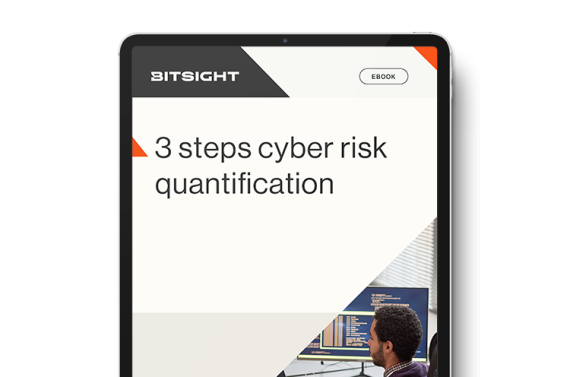2. Make more informed business decisions
Bitsight Financial Quantification is a game changer because unlike traditional financial quantification tools, which only provide a high-level view of exposure, the solution models potential loss types independently. Available on-demand, Bitsight calculates cyber risk in an easily repeatable way and can be run without adding any additional headcount or engaging a consulting firm.
Insights are presented in an intuitive graphical interface that lets you drill down into cyber event examples – so you can diagnose the underlying causes that impact financial exposure in a faster, more streamlined way.
Armed with these real-time data insights, you can then choose which risks to accept, mitigate, or transfer – and where to focus your team’s limited time, resources, and budget.
3. Report effectively to the board
Finally, by transforming the technical side of cybersecurity into financial language, you can guide boardroom and C-suite discussions around cyber risk management, justify new technology investments, and measure the ROI of those investments in specific controls or programs. Bitsight Financial Quantification empowers you to speak the same language as the board and provide the necessary business context.
And, with the ability to calculate cyber risk over time, it’s easier than ever to demonstrate the impact and effectiveness of your efforts to your board. You can measure how your financial exposure changes as you invest in controls to improve your security posture, providing you with quantifiable metrics that justify your cybersecurity efforts.
Learn more
Interested in learning more about how the Bitsight Financial Quantification makes it easier than ever to facilitate a greater understanding of cyber risk across your organization? Book a demo to see Bitsight Financial Quantification in action.




